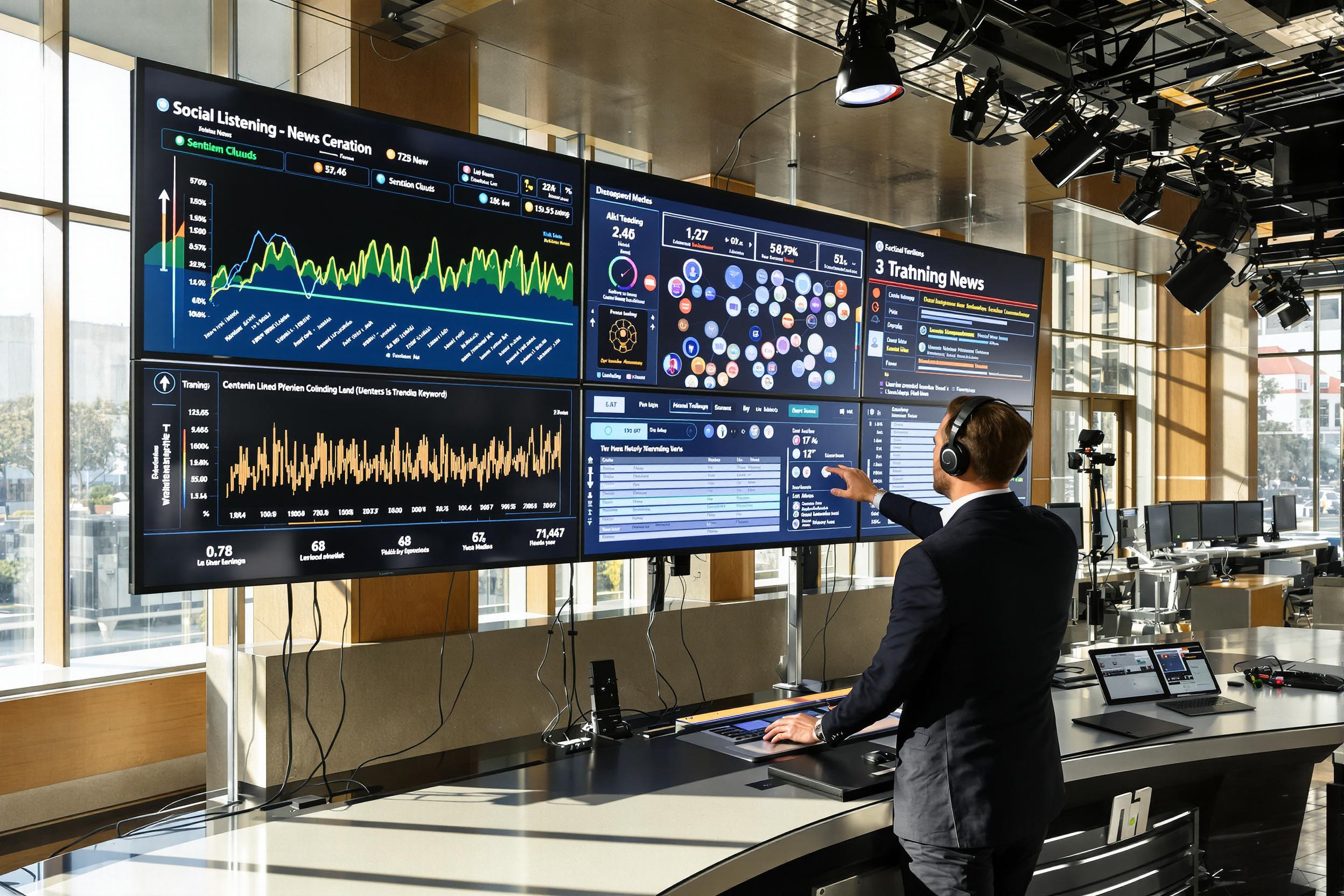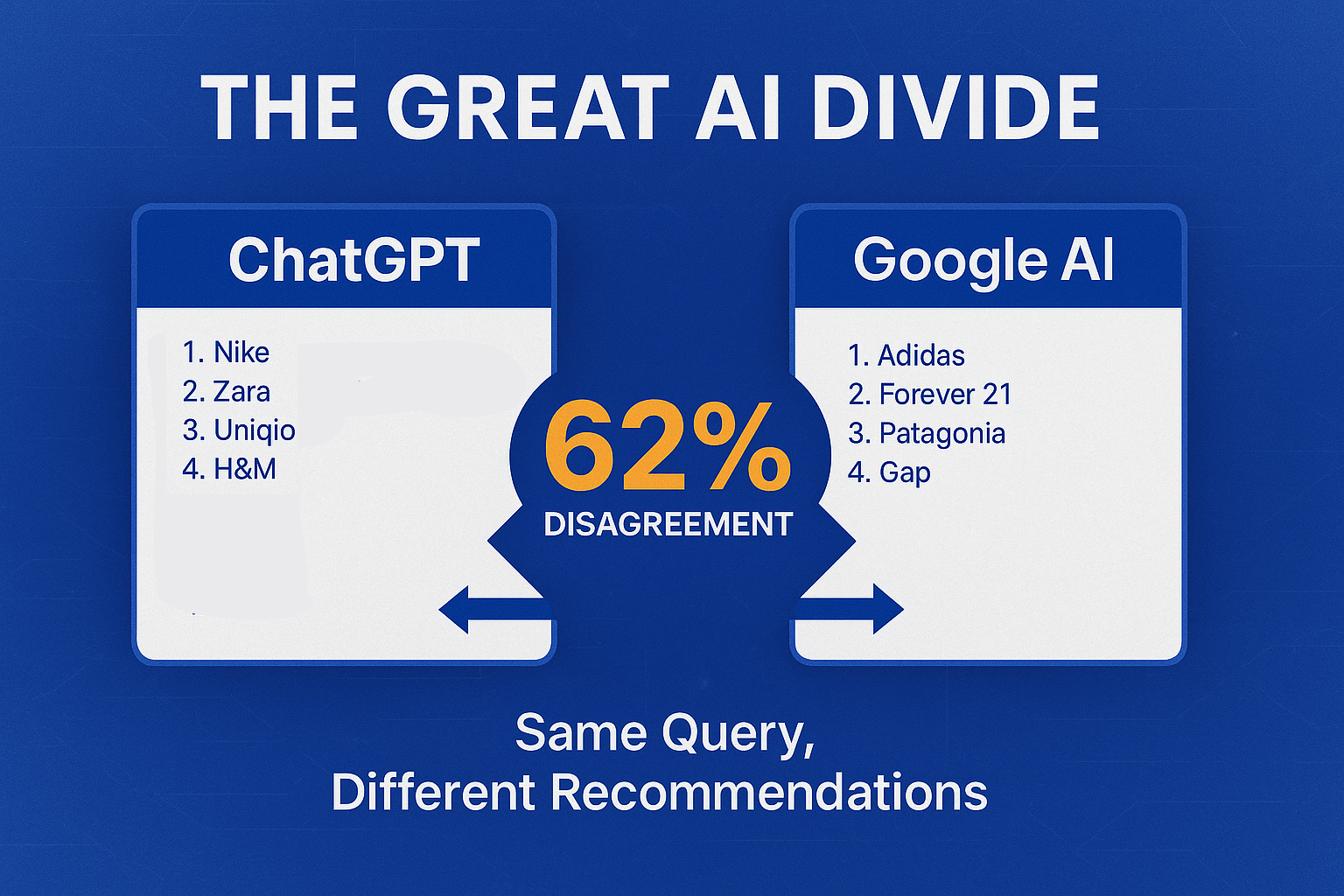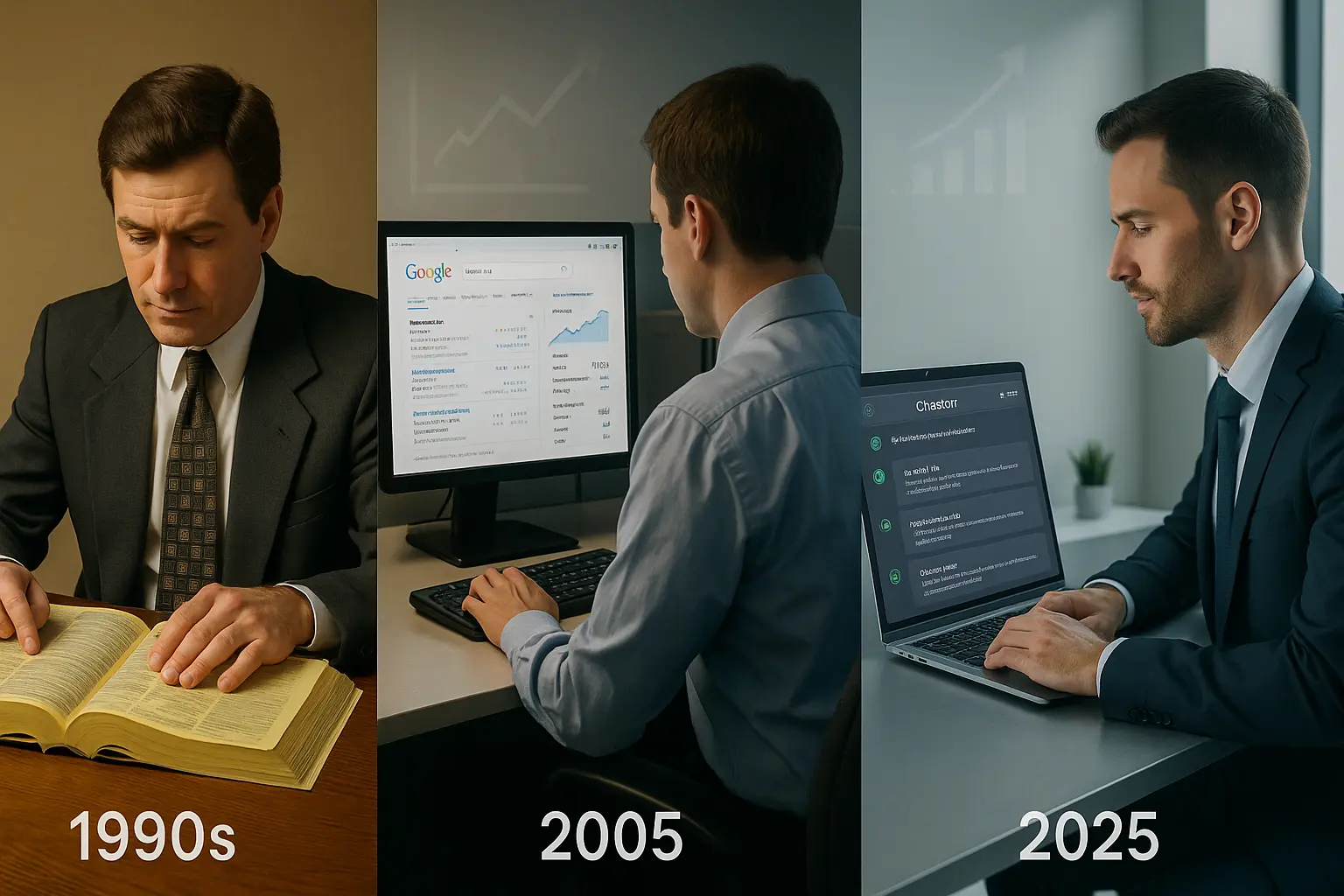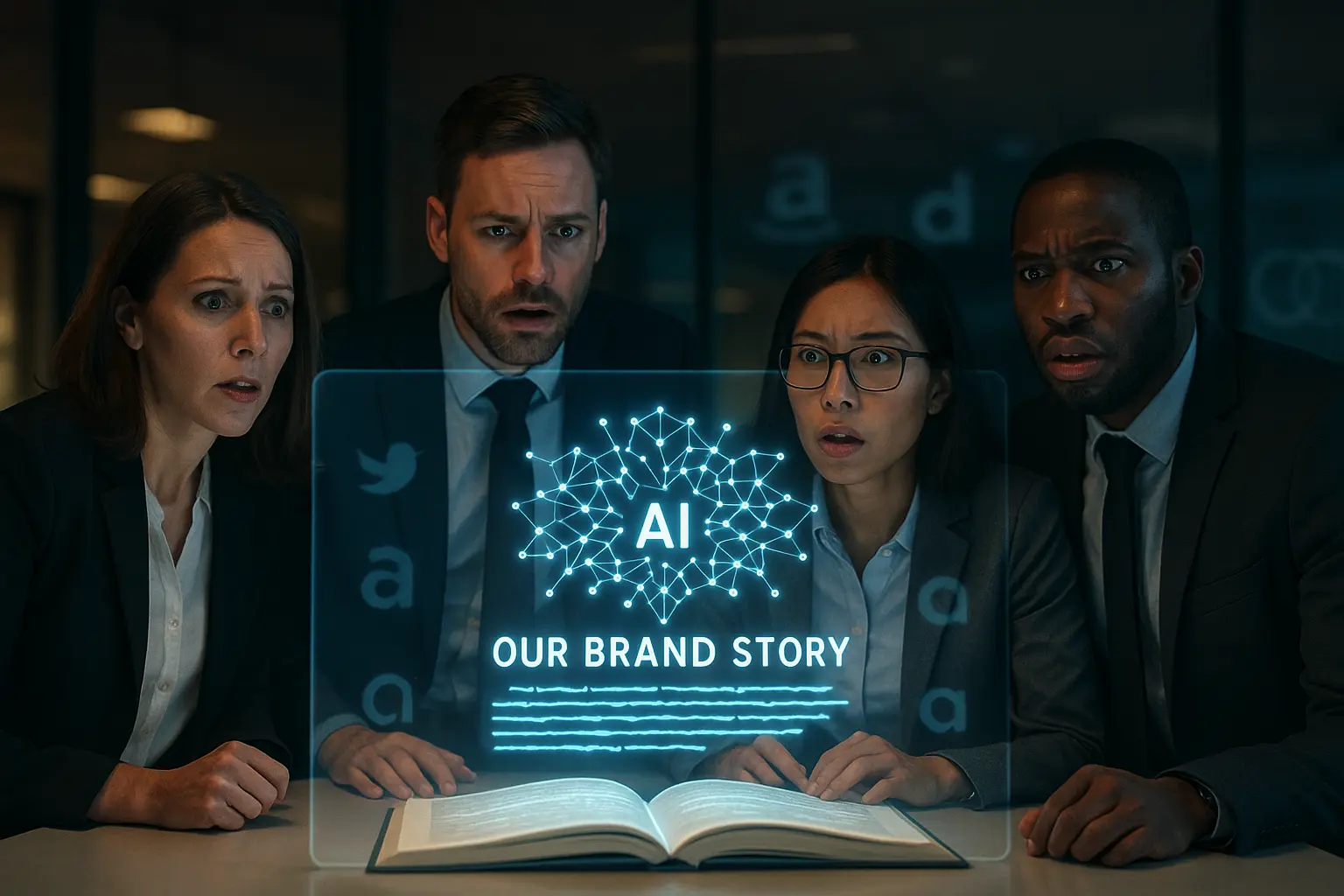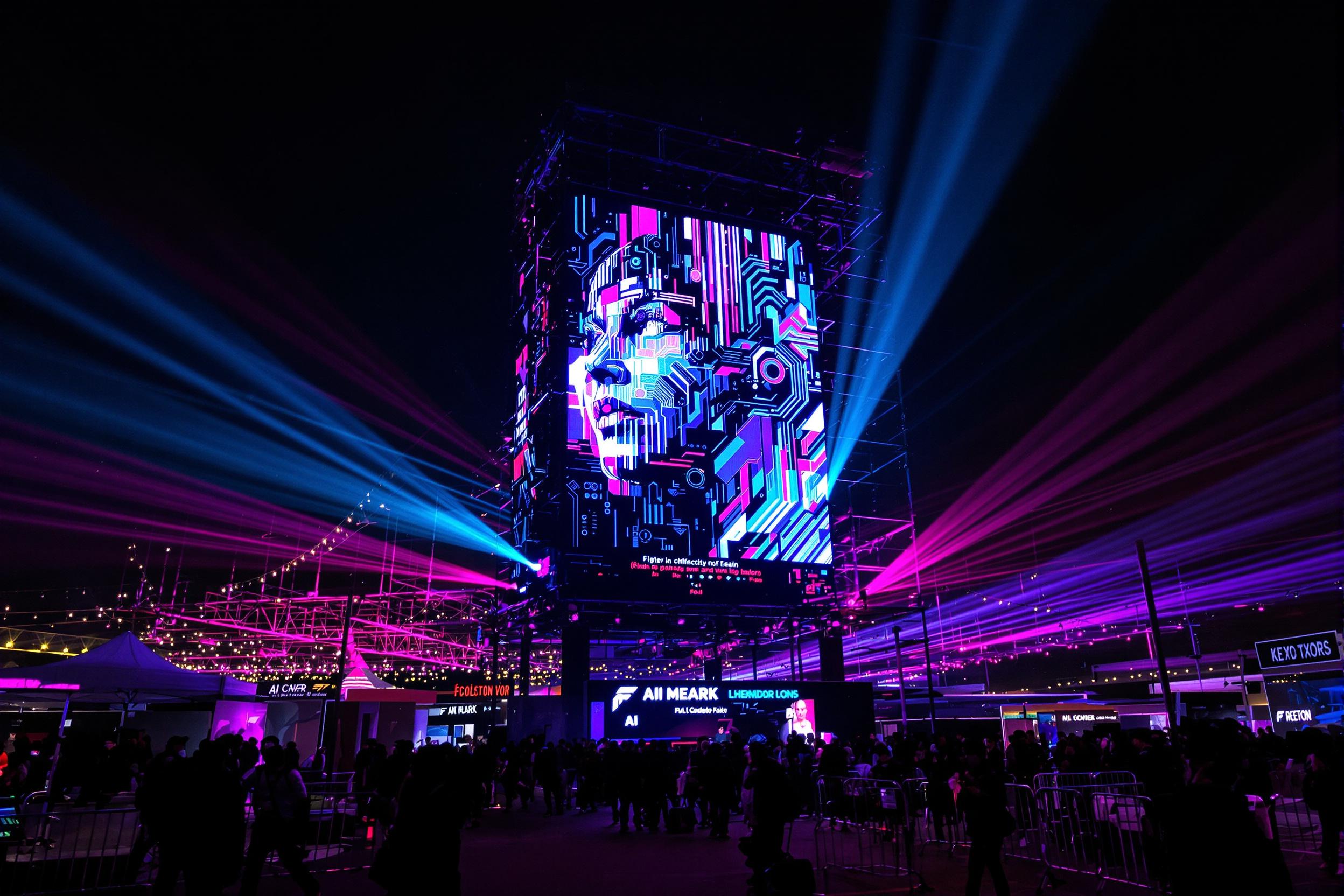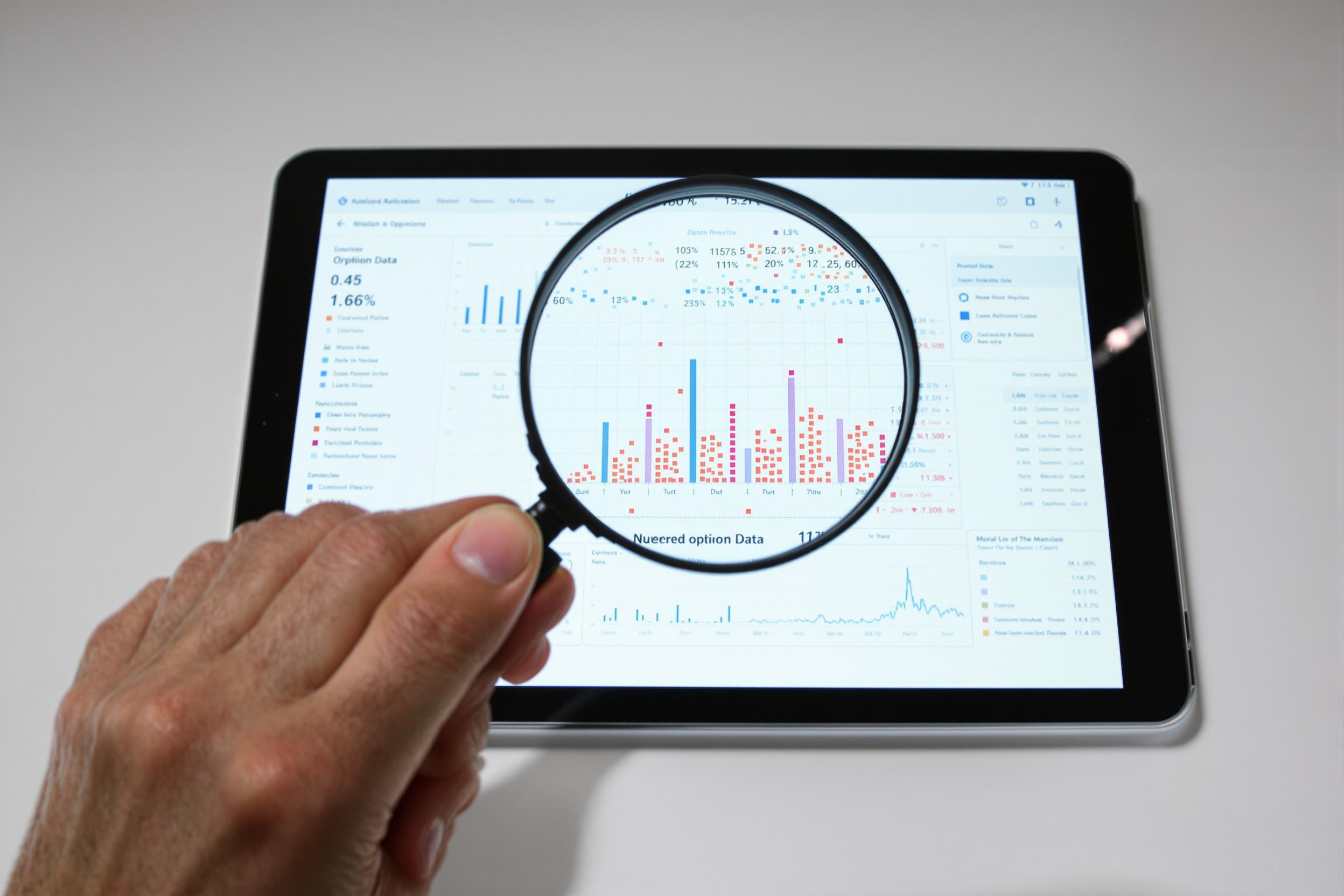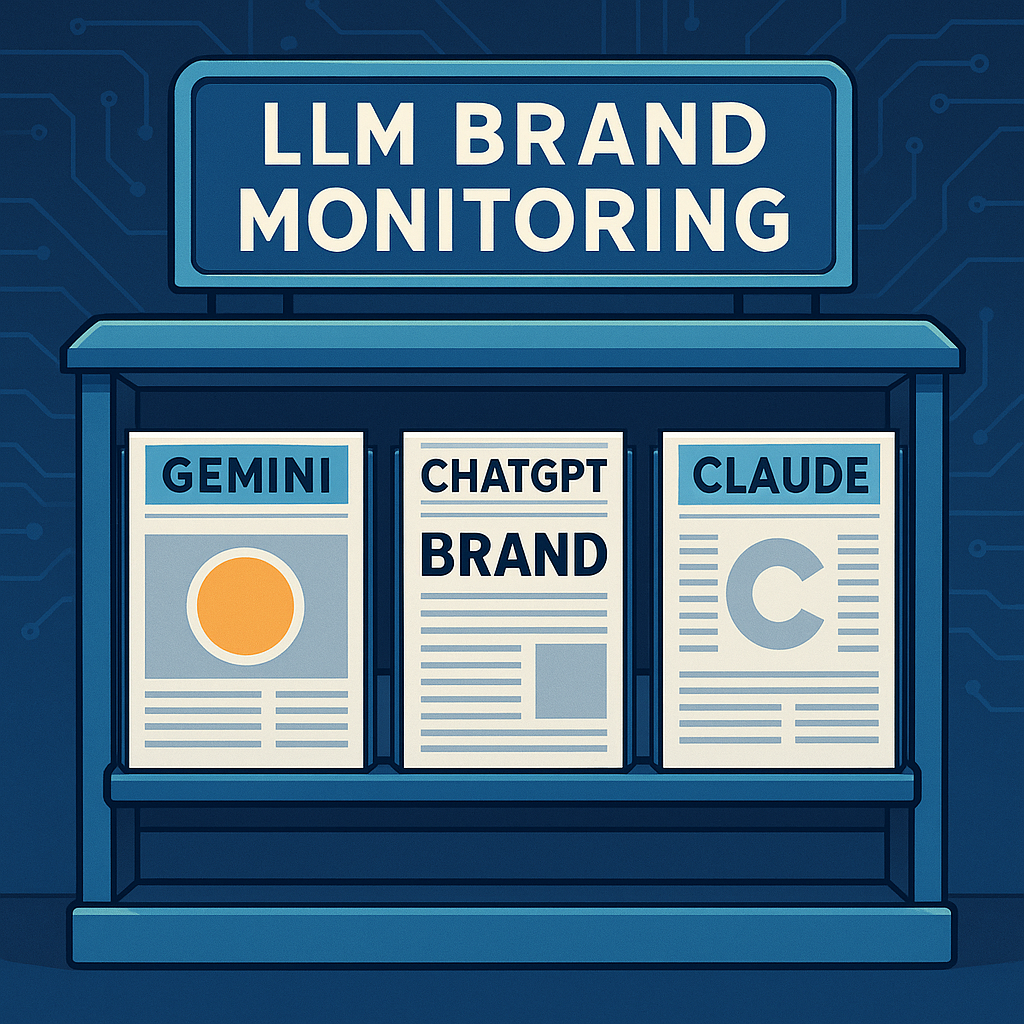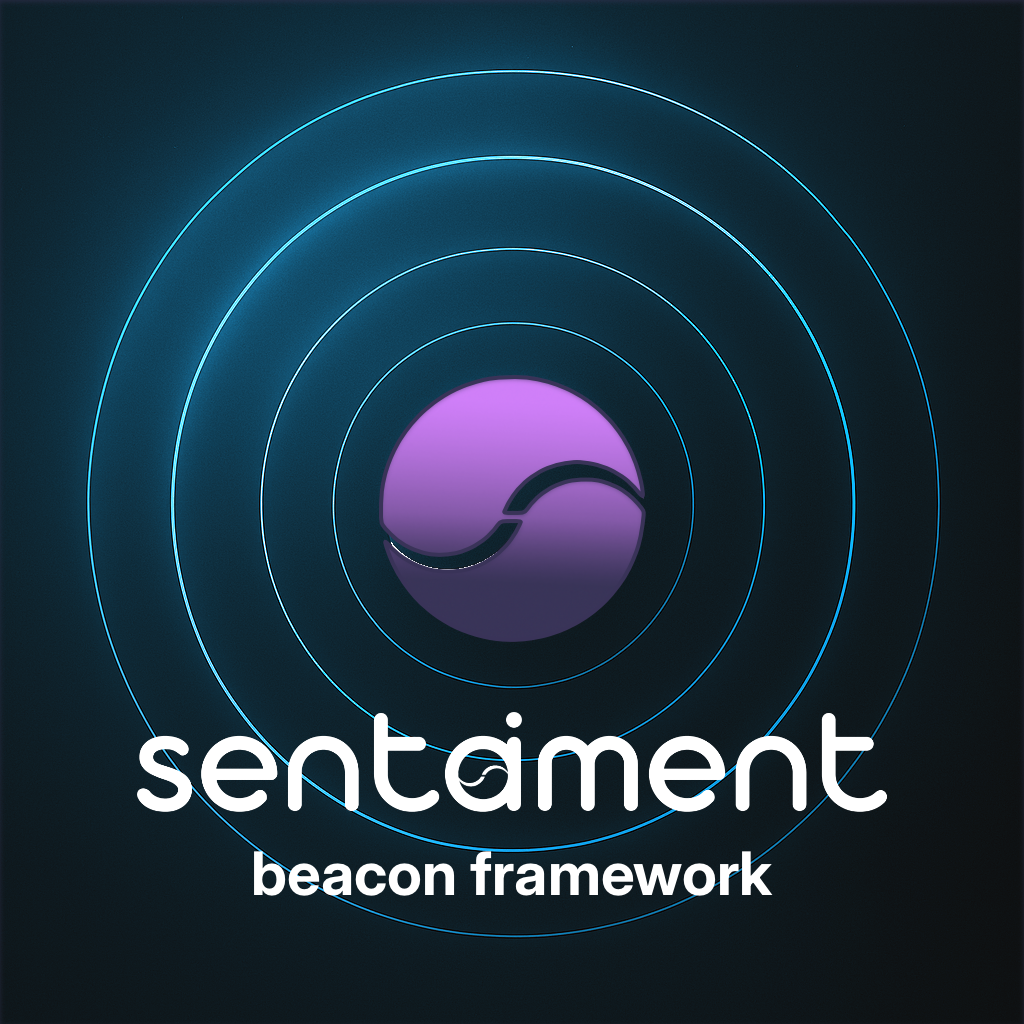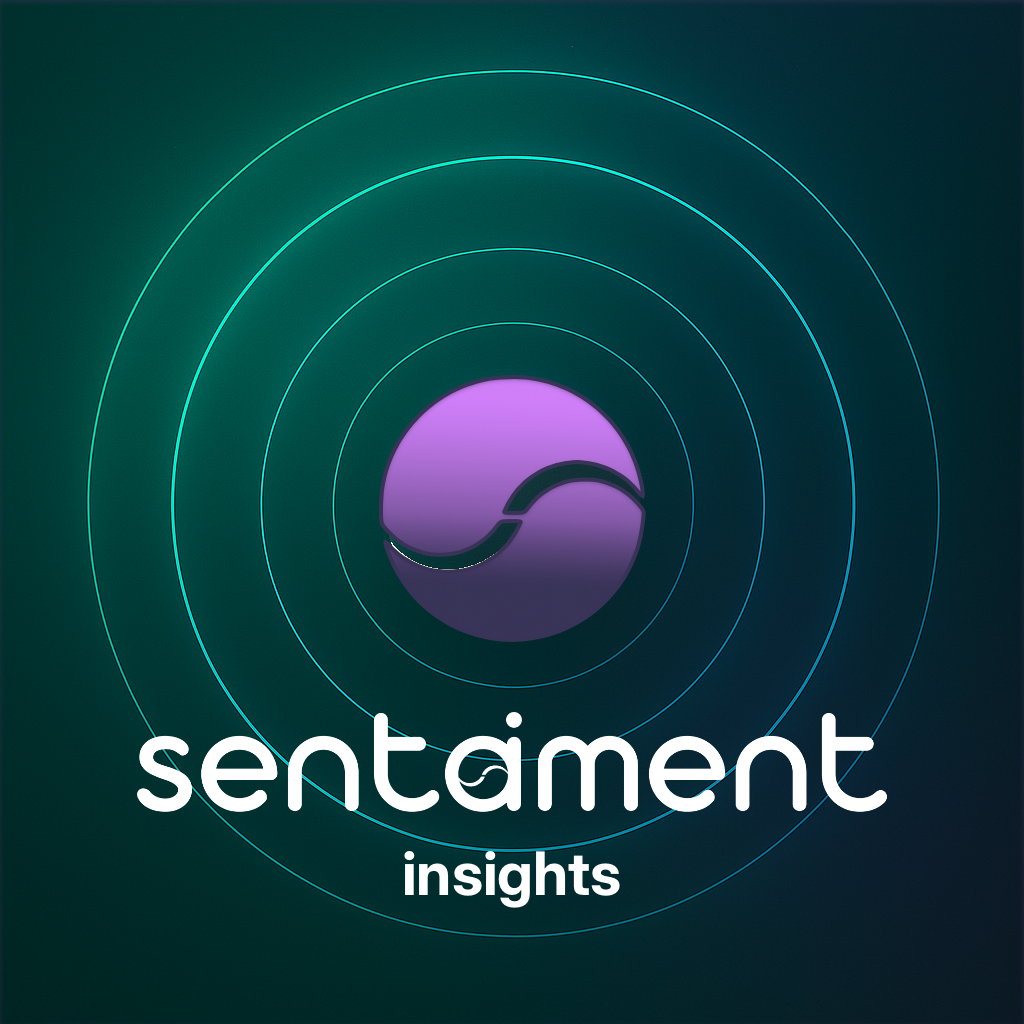Traditional social listening is failing your PR strategy. Just last month, a major tech company faced a PR crisis when AI chatbots began recommending competitors' products instead of theirs. Their social listening tools showed nothing unusual—no negative tweets, no angry comments. Yet sales dropped 15% overnight. This is the AI blind spot many PR teams face today.
Beyond Social Listening: The Critical AI Blind Spot in Your PR Strategy
Your social listening tools track mentions, sentiment, and engagement. But they miss how AI systems interpret and represent your brand to millions of users daily. This blind spot creates a dangerous gap between what you monitor and what actually shapes public perception.
As AI reshapes how brands are discovered and evaluated, traditional monitoring approaches fall short. Let's explore these gaps and find better alternatives for modern PR.
Understanding Traditional Monitoring Gaps in PR
Social listening tools scan social platforms for brand mentions and sentiment. Traditional media monitoring tracks news coverage and press mentions. Both miss critical dimensions:
- Limited channel coverage (focusing on public posts while missing private conversations)
- Context blindness (tracking keywords without understanding nuanced references)
- Delayed alerts (flagging issues after they've already spread)
A fashion retailer learned this the hard way when an AI image generator started creating unflattering versions of their products. Their monitoring tools detected nothing until sales were already affected.
The AI Blind Spot: When Sentiment Analysis Falls Short
Most social listening platforms use basic sentiment analysis that categorizes text as positive, negative, or neutral. This approach fails in several ways:
- Misses sarcasm and irony ("This product is TOTALLY worth the money 🙄")
- Struggles with industry jargon
- Can't interpret emerging slang or cultural references
One PR agency found their client's sentiment score remained "positive" despite a brewing crisis because negative comments used sarcastic language the AI couldn't detect.
But the bigger issue? AI systems themselves can misinterpret your brand in ways social listening never captures.
Alternatives for PR Agencies: Going Beyond Social Listening
Forward-thinking PR teams are adopting new approaches:
- Qualitative research: Stakeholder interviews and focus groups provide context that AI misses
- Custom AI training: Models trained on your specific industry and brand language catch nuances generic tools miss
- Human-AI collaboration: Expert reviewers validate AI insights before action
A healthcare PR firm implemented a hybrid approach where AI flagged potential issues, but communications experts reviewed each alert with clinical context. This reduced false alarms by 67% while catching subtle reputation threats earlier.
Ensuring Accurate Brand Representation with AI
To address how AI systems represent your brand:
- Train AI on your brand voice guidelines and core messaging
- Audit AI-driven reports monthly to catch drift or bias
- Create a feedback loop between PR teams and data scientists
The most effective approach is monitoring how your brand is perceived across multiple AI models. This provides a complete picture of your digital presence.
Actionable Takeaways: Building a Holistic PR Strategy
To close your AI blind spot:
- Identify gaps: Audit your current monitoring tools against AI-specific challenges
- Diversify inputs: Combine social listening with AI representation monitoring
- Implement proactive testing: Pre-test your messaging across AI platforms before public release
The PR landscape has changed. Social listening alone leaves you vulnerable to AI misrepresentations that can damage your brand before you even know there's a problem.
What AI blind spots have you noticed in your PR monitoring? How are you addressing them? Share your experiences in the comments.
